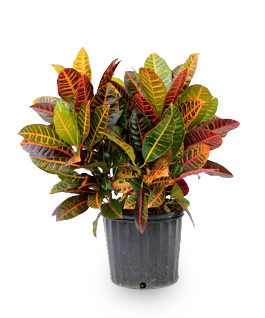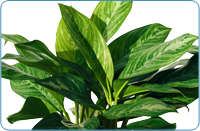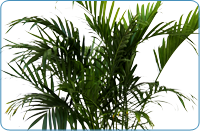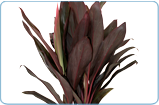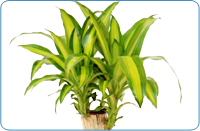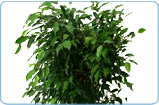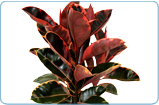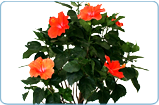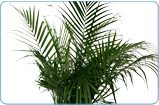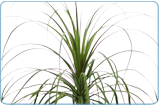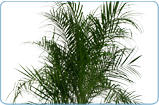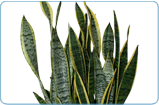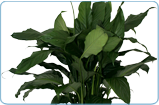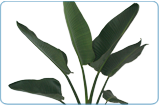Light
The Croton will grow best with indirect light. The color output of the plant is usually based on the amount of sunlight it receives, so placing the plant in an area with too much shade might make the plant develop more green foliage with less color. Place your croton in a room with East or West facing windows.
Placement
Livingroom, Bedroom, Patio
Water Habits
Croton grows best in well watered soil. Potting the plant to allow for proper drainage will help guard against over watering and root rot.
Temperature
Ideal Temperature for Croton: 40-80°F (4-27°C) Min: 40°F (4°C)
Did You Know ?
Crotons grow wild in their native home of India, Malaysia and the South Pacific islands. If you were to ever visit South Florida you might assume they are a native plant as they have been used for outdoor landscape quite frequently since the 80’s. It was also often used in many hotels to add color to flower arangements around the property. Just like in the S. Floridian landscape the Croton will do wonders to add color to most rooms in your house.





